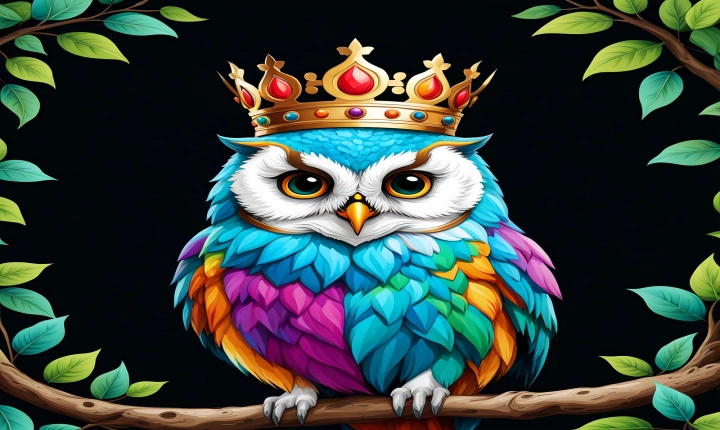Artificial intelligence (AI) is revolutionizing the field of art and introducing a whole new realm of creative possibilities. From generating original artworks to assisting established artists in their projects, AI is making a significant impact on the art world.
One of the most exciting developments in the intersection of AI and art is the creation of entirely new artworks by AI algorithms. These algorithms are trained on massive datasets of existing art, learning to recognize patterns, styles, and techniques used by human artists. Using this knowledge, AI can then generate its own original artworks, often indistinguishable from those made by human hands.
For example, an AI-generated portrait sold at auction for a whopping $432,500, raising eyebrows and sparking discussions about the role of AI in the art market. The fact that a piece created entirely by AI commanded such a high price underscores the growing acceptance and appreciation of AI-generated art in the art world.
In addition to creating original artworks, AI is also being used to enhance the creative process for human artists. For instance, artists can now use AI algorithms to generate ideas, explore new techniques, and even help with the execution of their artwork. AI-powered tools can analyze an artist’s previous works and style, providing suggestions and insights to guide their creative process.
Furthermore, AI is enabling artists to experiment with new mediums and technologies, giving rise to interactive installations, immersive experiences, and digital art forms that push the boundaries of traditional art. The integration of AI and art has also led to the creation of art installations that respond to the emotions and movements of the audience, blurring the lines between creator and observer.
On the other hand, some skeptics argue that the rise of AI in art poses a threat to the authenticity and originality of artistic expression. They worry that the reliance on AI algorithms may lead to a homogenization of art, with originality being sacrificed in favor of mass production and commercialization.
Despite these concerns, it is undeniable that AI is opening up new avenues for artistic expression and pushing the boundaries of what is possible in the art world. As AI continues to evolve and integrate into the creative process, it is crucial for artists and art enthusiasts to engage in open dialogue about the implications of AI in art and how it can be harnessed to enrich rather than dilute artistic authenticity.
In conclusion, the rise of AI in art represents a significant turning point in the evolution of the art world. Whether through the creation of original artworks or enhancing the creative process for human artists, AI is redefining what it means to be an artist and pushing the boundaries of artistic expression. As the symbiotic relationship between AI and art continues to evolve, it is crucial for the art community to embrace this evolution and explore the endless possibilities that AI has to offer.
